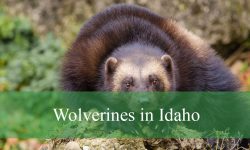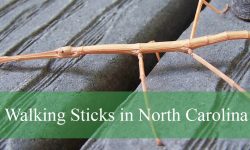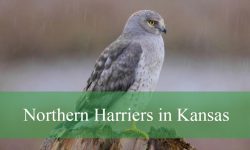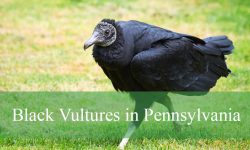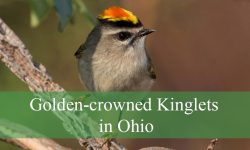Birds with blue tails in Georgia are some of the most beautiful and exciting birds to see. Their bright blue feathers stand out in the trees and fields. Watching these birds is always fun because of their colors and how they move.
Georgia has many places where you can find these blue-tailed birds. Some, like the Eastern Bluebird and Blue Jay, live here all year. Others, like the Indigo Bunting and Barn Swallow, come in spring and summer to build nests. Learning to spot their blue tails helps make birdwatching even more interesting.
In this guide, you will learn about 8 amazing birds with blue tails in Georgia. Each bird has tips on how to recognize it, where it lives, and what it does. Look carefully for flashes of blue whenever you’re outdoors—these birds are truly a joy to spot!
Common Birds With Blue Tails in Georgia
Eastern Bluebird (Sialia sialis)
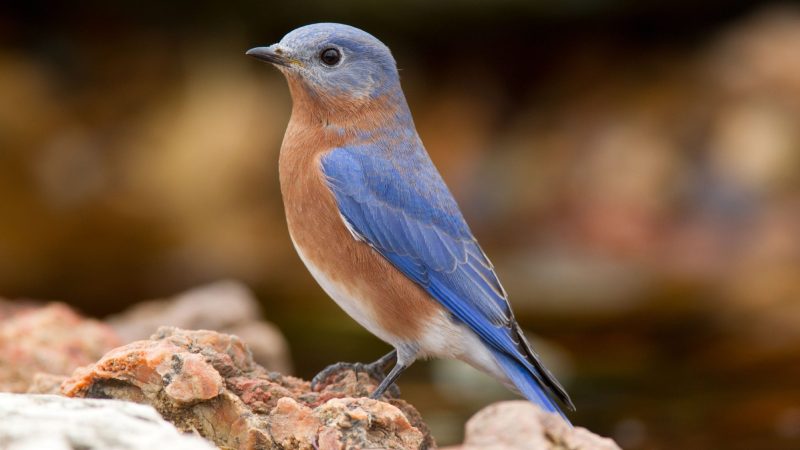
The Eastern Bluebird is a small, striking thrush known for its vivid blue upperparts and cinnamon-orange chest. Adult males display the brightest colors, while females are more subdued, with grayish-blue wings and paler orange underparts. The tail is a solid, rich blue and stands out prominently in flight or when perched on a fencepost or tree branch. This species measures about 6.5 to 7 inches in length, with a wingspan around 9.5 to 12 inches.
Identifying an Eastern Bluebird in Georgia is easy during spring and summer when they frequently perch in open, grassy areas. Their compact build, thin beak, and constant scanning for insects from low perches make them distinctive. Males are typically more brilliant in color than females, especially in sunlight. In flight, the flash of blue tail and wings is unmistakable, especially when they glide short distances between feeding perches.
Eastern Bluebirds have a soft, melodious song composed of short warbles, along with a gentle “cheer-cheerful” call that they often repeat. Their voice is not loud or complex but adds a cheerful ambiance to quiet, open countryside. Males sing to attract mates and defend territories, especially in early spring. They are cavity nesters and readily use nest boxes provided by humans, which has helped them recover from past population declines.
In Georgia, these birds are commonly seen across the state in rural pastures, suburban parks, orchards, and even golf courses. They are year-round residents in most of the state, although some northern populations may shift slightly south in harsh winters. Eastern Bluebirds prefer semi-open habitats with scattered trees, avoiding deep forests. In winter, they may join small flocks and forage for berries when insects are scarce.
Indigo Bunting (Passerina cyanea)
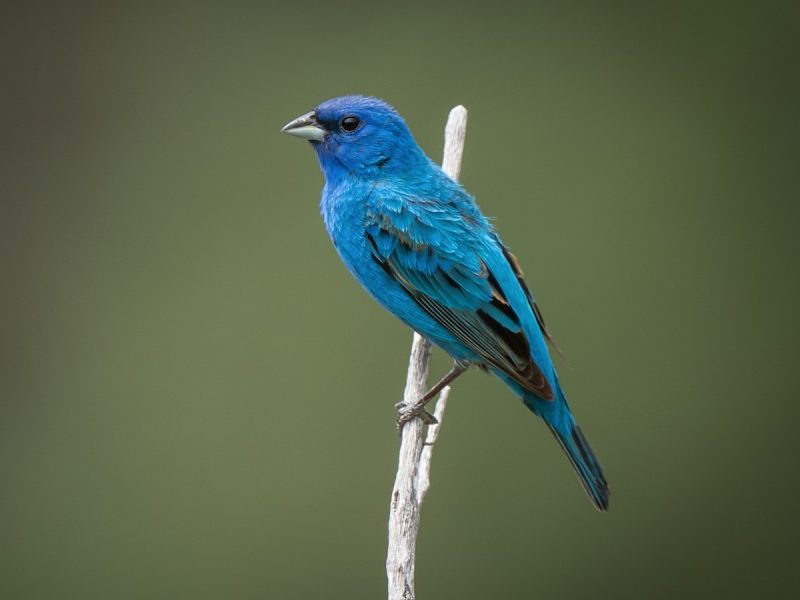
The Indigo Bunting is a small, sparrow-sized songbird with vibrant coloration that makes it stand out in Georgia’s summer landscapes. Adult males are entirely deep blue during the breeding season, including their tails, which shimmer in sunlight. Females and immature birds, by contrast, are brown with faint streaking and only hints of blue on the wings or tail. Males measure about 4.5 to 5 inches in length, with a wingspan near 7.5 inches.
These birds can be identified by their stocky bodies, thick conical beaks, and strikingly uniform blue plumage in adult males. They are most commonly seen perched on shrubs, small trees, or fence wires along woodland edges or old fields. Their blue coloration can appear almost black in poor lighting but turns bright sapphire under direct sunlight. The tail is short, squared, and matches the rest of the body in hue.
Indigo Buntings sing a high-pitched, rapid warbling song that sounds like a series of sharp notes and twitters, often described as “sweet-sweet, chew-chew, sweet-sweet.” Males sing persistently during the breeding season, sometimes even from exposed perches at midday. They also emit soft contact calls and “chip” notes while feeding or when disturbed. Vocalizations are an important part of territory establishment and mate attraction.
In Georgia, Indigo Buntings are summer residents throughout the state. They typically arrive in April and depart by late August or early September. Their preferred habitats include brushy fields, roadsides, forest clearings, and abandoned farms—any area where grasses and shrubs provide both cover and seeds. In fall migration, they may be seen in mixed flocks before flying south to Central America for the winter.
Blue Jay (Cyanocitta cristata)

Blue Jays are medium-sized songbirds known for their intelligence, bold behavior, and loud calls. Their plumage is a vibrant mix of sky-blue, white, and black, with the blue tail featuring bold black barring and white tips. Adults reach about 9 to 12 inches in length, with a wingspan of 13 to 17 inches, making them one of the larger common songbirds in Georgia. They also have a pronounced crest that they raise or lower depending on mood.
They are easy to identify thanks to their colorful plumage and noisy presence. The tail is long and fan-shaped, showing a checkerboard pattern when fanned. Blue Jays have a white face with a black necklace-like collar and a stout black bill. Their powerful beak and strong flight make them efficient at cracking nuts, carrying food, and defending territory from rivals or predators.
The Blue Jay’s call is a distinctive, harsh “jay jay,” often used as an alarm or contact call. They also mimic the calls of hawks, especially the Red-shouldered Hawk, which may be a tactic to scare off other birds. Their vocalizations vary greatly, and they’re capable of complex and quiet song-like calls during courtship. Blue Jays are also known to be mimics, able to copy human-made noises and other bird calls.
In Georgia, Blue Jays are common year-round residents across forests, neighborhoods, parks, and anywhere with tall trees. They adapt well to suburban environments and are frequent visitors to bird feeders, especially those offering peanuts, sunflower seeds, or suet. Their preference for mixed woodlands and edge habitats makes them especially common in the Piedmont and Coastal Plain regions of the state.
Tree Swallow (Tachycineta bicolor)
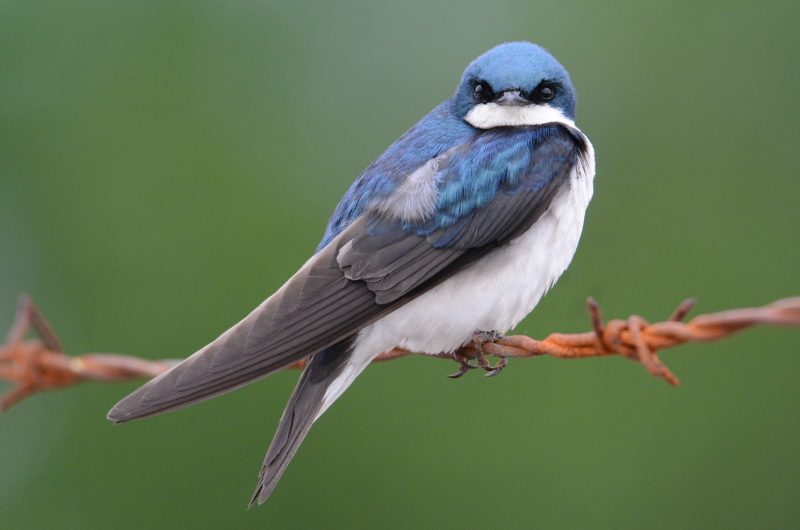
The Tree Swallow is a sleek, fast-flying bird with iridescent blue-green upperparts and a blue-black tail. Its underparts are pure white, creating a striking contrast in flight. Adults measure about 5 to 6 inches in length with a wingspan of roughly 11 to 13 inches. The tail is slightly forked and acts as a stabilizer during acrobatic aerial chases and feeding.
Identifying Tree Swallows is easiest when they are flying low over fields or ponds, catching insects in mid-air. Their streamlined shape, long pointed wings, and graceful, darting flight style are characteristic. The blue color on the back and tail of adult males shines in sunlight, while females tend to be duller, especially in their first year. Juveniles often show more brown than blue until they mature.
Tree Swallows produce a cheerful series of chirps, twitters, and soft warbles while flying or near their nesting sites. Their calls are not as musical as some songbirds, but they have a gentle, gurgling tone that fits their graceful flight. During courtship or social interactions, they may vocalize more frequently, especially around nest boxes or cavities.
In Georgia, Tree Swallows are typically seen in the northern and central parts of the state during the breeding season, from late March through July. They prefer open areas near water, including marshes, lakesides, and grassy fields. Tree Swallows readily use nest boxes placed in these habitats, especially in wetland reserves and agricultural areas. They migrate southward in fall and spend the winter in the coastal Southeast, Central America, and the Caribbean.
Barn Swallow (Hirundo rustica)

The Barn Swallow is a graceful and agile flier, easily recognized by its long, deeply forked tail with blue-black feathers and distinctive white spots on the tips. The upperparts are a glossy steel-blue, while the underparts range from warm orange to buff, with a rich cinnamon-orange throat and forehead. Adults measure about 6.5 to 7.5 inches in length and have a wingspan of 11 to 12.5 inches. The long tail streamers are a key visual marker, especially during flight.
Identifying a Barn Swallow is straightforward thanks to its forked tail and swift, acrobatic flight. Males tend to have longer tail streamers than females, a trait associated with mating success. The bird’s iridescent back and tail shimmer in the sun as it swoops and glides through open skies. Unlike other swallows, Barn Swallows also frequently perch on power lines, fences, and roof edges in both rural and suburban environments.
Barn Swallows produce a cheerful, chattery song composed of warbles, squeaky twitters, and dry-sounding rattles. Their calls are often heard overhead as they fly or when perched near nests. Both sexes use a variety of vocalizations for communication, particularly during breeding and while feeding young. Their songs are less musical than other songbirds but are energetic and distinctive.
In Georgia, Barn Swallows are common spring and summer residents across the entire state. They typically arrive in March and begin breeding soon after, favoring human-made structures like barns, bridges, sheds, and porches for nesting. These birds are most often found in open habitats such as farmland, pastures, and meadows near water, where flying insects—their primary food source—are abundant. They begin migrating south by late August.
Blue Grosbeak (Passerina caerulea)
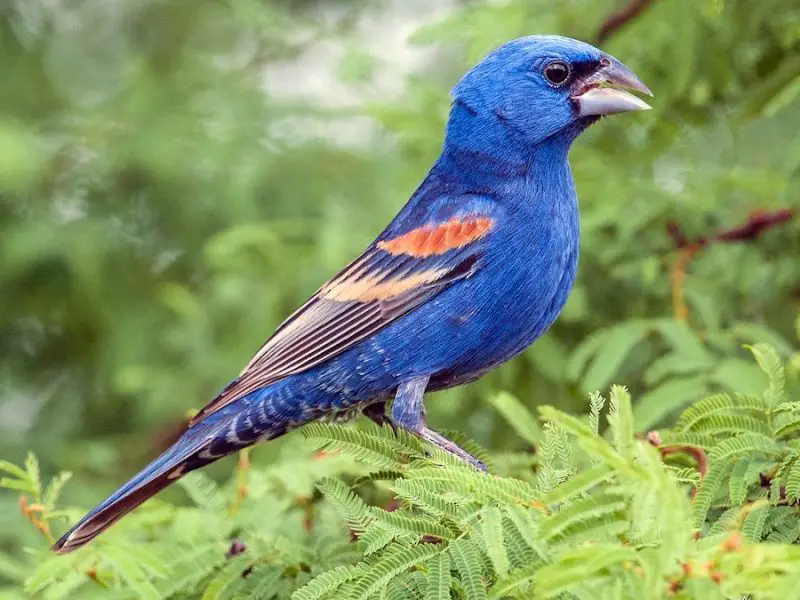
The Blue Grosbeak is a medium-sized songbird admired for its deep cobalt-blue plumage in males, complemented by a slightly darker blue tail and bold chestnut wing bars. Females are mostly warm brown with hints of blue on the wings and tail. Adults are stocky and measure about 6 to 7 inches in length, with a wingspan of around 10 to 11 inches. Their thick, conical bill is designed for cracking seeds but also handles insects effectively.
Males are strikingly beautiful during the breeding season and often sing from exposed perches, making them relatively easy to identify. Their tails are slightly rounded and appear almost black-blue in low light but flash a dark, velvety blue in the sun. The contrast between the dark tail and bright chestnut wing bars makes them visually distinctive in shrubby or weedy landscapes. Females can be trickier to identify but typically show a hint of blue in the tail feathers.
Their song is a rich, warbled melody made up of short musical phrases and repeated notes. Males sing persistently from treetops or shrubs during spring and summer to defend territory and attract mates. The call notes include a distinctive metallic “ching” or “chink” sound. While not as loud as a mockingbird or cardinal, their song is pleasant and can travel across fields and thickets.
In Georgia, Blue Grosbeaks breed throughout most of the state, especially in the Piedmont and Coastal Plain regions. They prefer shrubby clearings, overgrown fields, roadsides, and brushy edges of woodlands. They typically arrive by April and begin nesting shortly after, raising one or two broods before heading south by early fall. Though somewhat secretive, they can be found with careful observation in rural areas and edge habitats.
Northern Parula (Setophaga americana)

The Northern Parula is a tiny but colorful warbler, about 4.3 inches long with a wingspan of 6.5 to 7 inches. It features a bluish-gray head and back, a greenish patch on the upper back, and a bluish tail that helps distinguish it from other warblers. Its throat and chest are bright yellow, crossed with a chestnut-colored band, and its belly is white. This charming bird is known for its energetic demeanor and preference for high canopy foliage.
Spotting a Northern Parula in Georgia requires a sharp eye, as they are often high up in moss-draped trees or thick foliage. Males show a more vibrant mix of colors and a slightly more vivid blue tail than females. The tail is short but frequently flicked or fanned, flashing blue when they move through the treetops. Their small size, energetic foraging style, and colorful mix of plumage make them recognizable during spring.
The song of the Northern Parula is a buzzy trill that rises quickly and ends abruptly, often described as a “zeeeee-up” sound. It is commonly heard during the breeding season in forests filled with Spanish moss or old-man’s beard lichen. Their call notes are thin and high-pitched, making them more difficult to detect in noisy environments. Males sing to declare territory and attract a mate from high perches in the canopy.
In Georgia, Northern Parulas breed in moist deciduous forests, swamps, and riverbottom woodlands, especially where Spanish moss or hanging lichens are abundant. They are found primarily in the Piedmont and Coastal Plain regions from March through August. During migration, they may also appear in other parts of the state, especially in mixed woodlands or along forested creek corridors. After nesting, they migrate to Central America and the Caribbean for the winter.
Belted Kingfisher (Megaceryle alcyon)
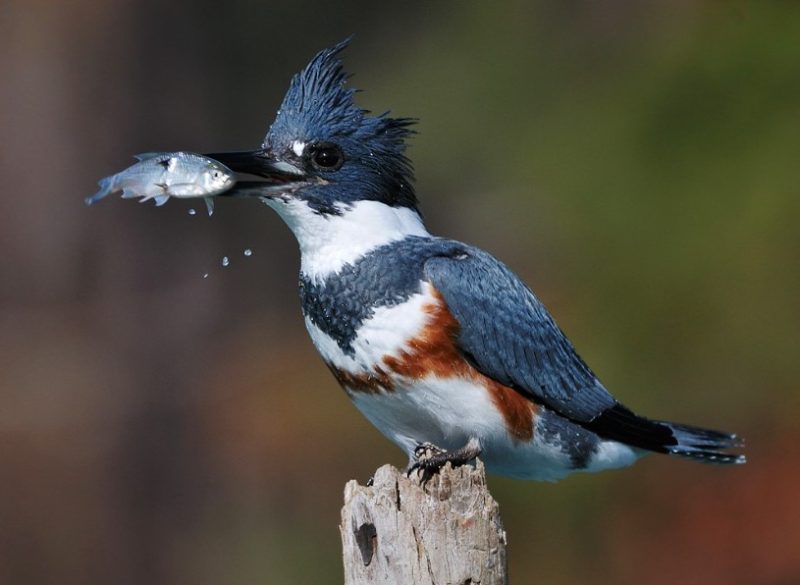
The Belted Kingfisher is a robust, crested bird with a slate-blue head, back, and tail. Its large bill and shaggy crest give it a unique profile, and the short, square-tipped tail is bluish-gray with white spots. Males have a single blue chest band, while females are more colorful, featuring a second rusty band across the belly. These birds are about 11 to 14 inches long, with wingspans of 18 to 22 inches.
Identifying a Belted Kingfisher is relatively easy due to its large head, rattling call, and habit of hovering over water before diving. Its blue-gray tail is often visible while it perches on branches or power lines near rivers or lakes. In flight, the bird shows a distinctive, stiff-winged movement with a flash of blue across the back and tail. They often patrol the same stretch of water daily and can be spotted diving headfirst to catch fish.
The call of the Belted Kingfisher is a loud, dry rattle that echoes over water bodies and rivers. It often announces its presence with this call as it flies. Kingfishers are solitary and territorial, so their calls also function as warnings to intruders. During courtship, they may also utter softer chittering calls. Their voice is unmistakable in any lakeside or riverine setting.
In Georgia, Belted Kingfishers are year-round residents, especially in areas with open water such as lakes, reservoirs, rivers, and tidal creeks. They prefer habitats with clear water and vertical banks where they can dig nesting burrows. Although solitary and somewhat shy, they are frequently seen perched on snags or hovering above shallow water. In winter, they remain active and are often more visible when leaf cover is reduced.
Best Time and Places to See Birds With Blue Tails in Georgia
Georgia is a birdwatcher’s paradise, especially for spotting species with beautiful blue tails. The best time to observe these birds is during the spring and summer months, particularly from March through August, when many migratory songbirds like the Indigo Bunting, Barn Swallow, and Blue Grosbeak return to breed. During these months, birds are most vocal and active—males sing to attract mates, and many are seen gathering nesting materials or feeding fledglings. Year-round residents such as the Eastern Bluebird, Blue Jay, and Belted Kingfisher are also easy to spot during these warmer seasons due to increased foraging behavior.
For the best birding locations, explore Piedmont and Coastal Plain regions, where many of these birds breed and feed. Watson Mill Bridge State Park, Panola Mountain State Park, and Okefenokee National Wildlife Refuge are rich in birdlife and offer a variety of habitats including swamps, open fields, riverbanks, and forests. For species like the Tree Swallow and Barn Swallow, visit open countryside or farmlands in north-central Georgia, where nest boxes and water sources attract large numbers.
Wetland areas and rivers—such as the Altamaha River Basin and Chattahoochee River National Recreation Area—are perfect for spotting Belted Kingfishers perched along banks or diving for fish. Swampy woodlands and moss-draped forests in south Georgia are prime breeding grounds for warblers like the Northern Parula, especially in areas rich with Spanish moss and lichens.
To maximize sightings, go birding during early morning hours when birds are most active and singing. Bring binoculars, stay quiet, and move slowly to increase your chances of spotting the flash of a blue tail among the trees, brush, or open skies. Georgia’s diverse ecosystems ensure that birdwatchers of all levels can enjoy discovering these dazzling blue-tailed species across the state.

